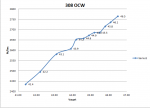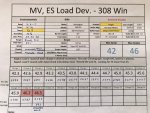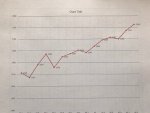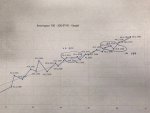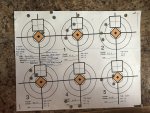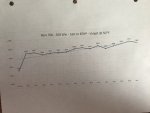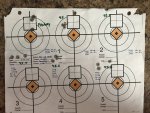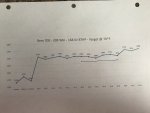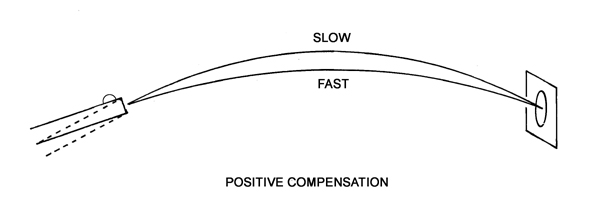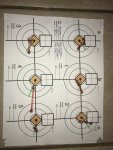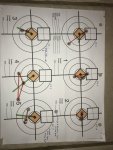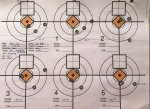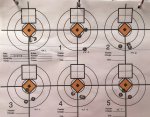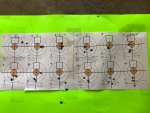Need a little help deciphering the target. Not sure which load would be best.
This is a 308 Win.
Rem 700.
I may try and re-shoot 10-12. I was starting to feel the recoil. Don't think it mattered since i focused on trigger break and breathing, but still...
The MV and SD is hard to exclude...
Any help would be greatly appreciated.
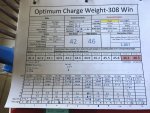
This is a 308 Win.
Rem 700.
I may try and re-shoot 10-12. I was starting to feel the recoil. Don't think it mattered since i focused on trigger break and breathing, but still...
The MV and SD is hard to exclude...
Any help would be greatly appreciated.

Attachments
Last edited:

